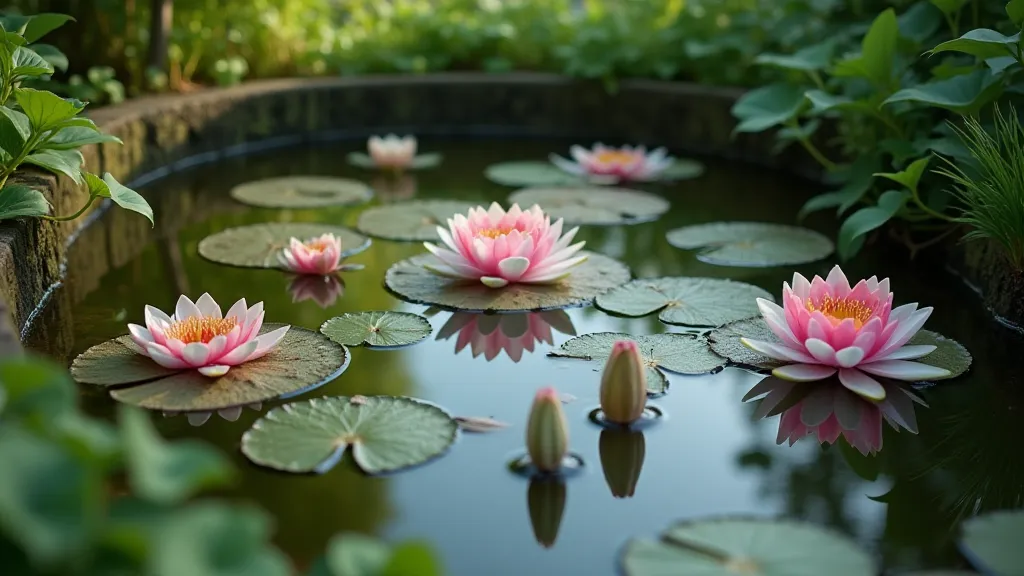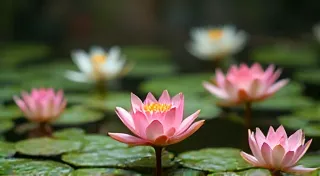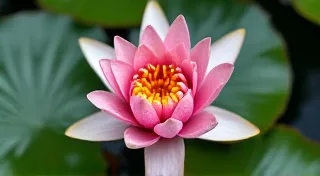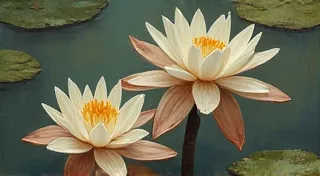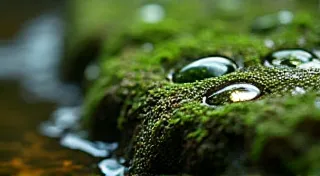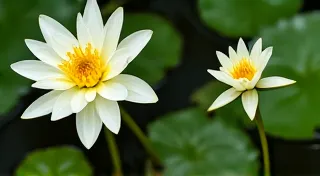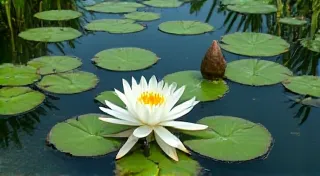A Guide to Miniature Water Lilies for Small Ponds
Creating a tranquil water garden is a dream for many homeowners. However, limited space often leads to the belief that a beautiful water lily display is unattainable. This isn't true! Miniature water lilies are the perfect solution for smaller ponds, patios, containers, or even decorative bowls. This guide will explore the unique qualities, advantages, and care requirements of these charming aquatic gems.
What are Miniature Water Lilies?
Miniature water lilies (Nymphaea pygmaea and hybrids) are a distinct group of water lilies bred specifically for their compact size. Unlike their larger cousins, miniature water lilies typically have a mature leaf diameter of 4 to 12 inches. They offer a delicate beauty and a manageable size, making them an excellent choice for smaller water features. Understanding the broader world of water lily varieties can be helpful, so if you're exploring different options, check out our guide on Designing a Water Lily Pond: Creating a Stunning Focal Point for more inspiration.
They're generally earlier bloomers than larger varieties, meaning you’re rewarded with flowers sooner in the season. Many bloom continuously throughout the summer.
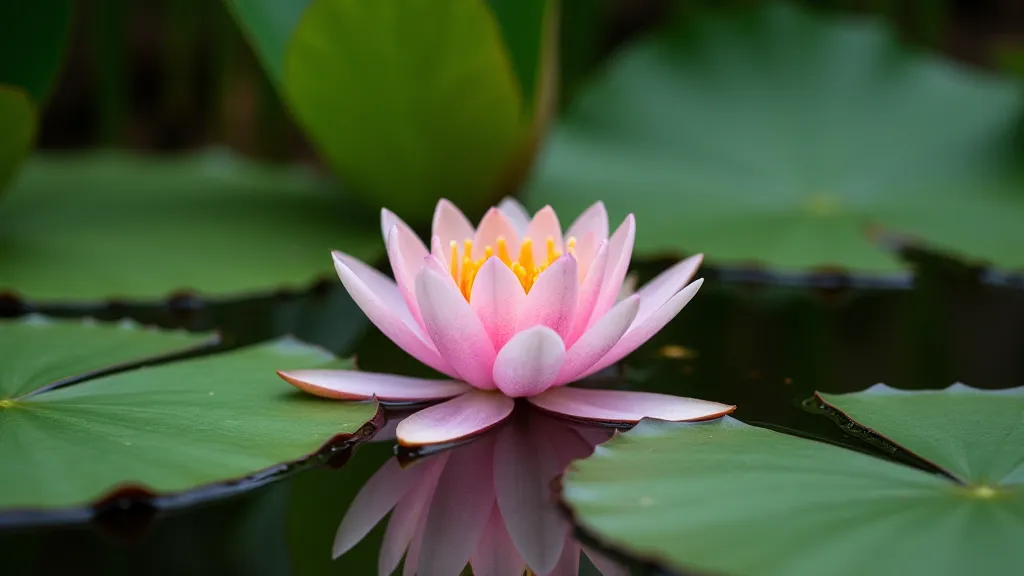
Advantages of Miniature Water Lilies
- Space-Saving: Their small size makes them ideal for ponds with limited space.
- Container Growing: They thrive in containers, providing flexibility in placement and allowing you to move them seasonally.
- Aesthetic Appeal: The dainty flowers and leaves add a touch of elegance and charm to any water garden.
- Easier Management: Smaller plants require less maintenance and are generally less prone to pest and disease problems.
Choosing the Right Miniature Water Lily
Several varieties of miniature water lilies are available, each with unique flower colors and leaf shapes. Popular choices include:
- 'Pygmaea Alba': Classic white flowers.
- 'Pygmaea Rubra': Attractive pink blooms.
- 'Indiana': Vivid pink, known for its robust growth.
- 'Lalita': Beautiful lavender-pink flowers.
Consider the flower color that best complements your pond's overall aesthetic. Also, research the plant’s mature size to ensure it's suitable for the container or pond space you have available. When selecting the perfect water lily, it's also important to consider the overall design of your water garden. Check out Designing a Water Lily Pond: Creating a Stunning Focal Point for some helpful design tips.
Care Requirements for Miniature Water Lilies
- Sunlight: Miniature water lilies need at least 6 hours of direct sunlight daily to thrive.
- Water Depth: Plant them in water depths of 6 to 18 inches.
- Soil: Use a specialized aquatic planting mix or heavy clay soil. Avoid standard potting mixes, as they can float and pollute the water. The right kind of soil is crucial for healthy growth.
- Fertilization: Regular fertilization is essential. Use a slow-release aquatic fertilizer tablets placed near the rhizome (underground stem) or liquid fertilizer according to package instructions.
- Container Size: Choose a container with a diameter of at least 18 inches for optimal growth.
- Winter Care: In colder climates, miniature water lilies may need to be overwintered. This typically involves bringing the container indoors or storing the rhizome in a cool, dark place. Proper winter care is vital for the longevity of your water lilies.
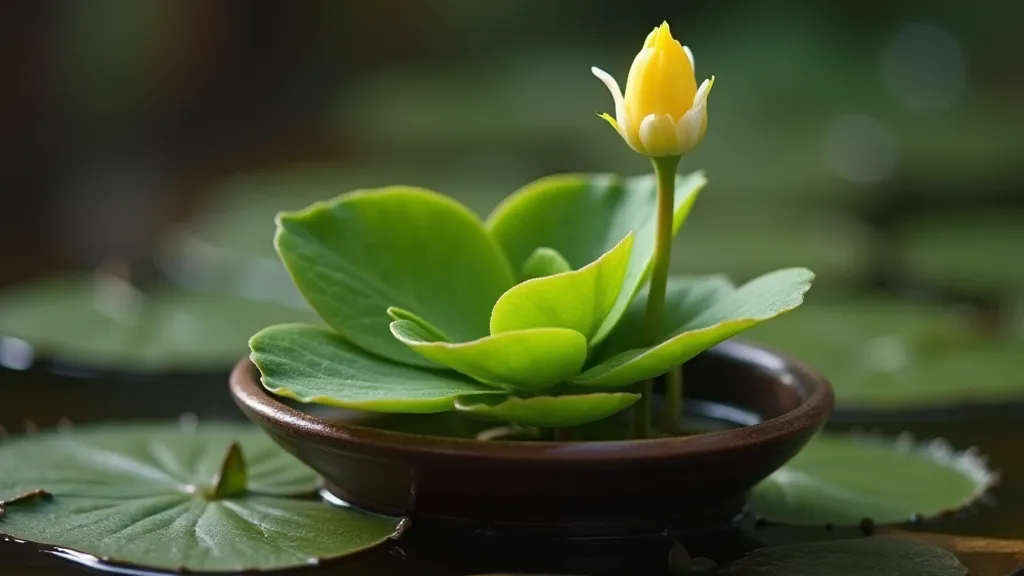
Troubleshooting Common Issues
Like any plant, miniature water lilies can occasionally face challenges. Here are some common problems and their solutions:
- Yellowing Leaves: Often a sign of nutrient deficiency. Increase fertilization.
- Lack of Blooms: Insufficient sunlight or inadequate fertilizer can hinder flowering.
- Algae Growth: Excess nutrients in the water can promote algae growth. Use a pond clarifier or reduce fertilization. It's fascinating to consider the subtle communication happening within these aquatic environments. For a unique perspective, read "The Rooted Whisper: Understanding Submerged Communication in Aquatic Gardens – A Writer's Parallel" on our blog.
- Pests: Aphids and snails can occasionally be a problem. Remove pests manually or use appropriate treatments.
Deeper Dive: Understanding Water Lily Varieties and Their Needs
Beyond the basic care, it’s important to appreciate the diversity within miniature water lily varieties. The subtleties in their growth habits, bloom times, and leaf characteristics can significantly impact your pond's overall aesthetic. Before selecting your water lilies, research each variety’s specific needs to ensure compatibility with your pond environment and maintenance style. The broader world of water lilies extends well beyond miniatures – exploring the options available can be overwhelming, but rewarding. If you are interested in learning about other varieties, check out “Water Lily Varieties: A Beginner's Guide to the Best Choices”.
Choosing the Right Pond Liner for Optimal Growth
Creating a thriving miniature water lily garden doesn’t stop at plant selection. The foundation of your pond—the liner—plays a critical role. Selecting the appropriate liner material is essential for maintaining water quality, preventing leaks, and ensuring the long-term health of your aquatic plants. There are many options to consider, from flexible PVC liners to more durable EPDM rubber. The best choice depends on your budget, the size and shape of your pond, and your desire for longevity and ease of installation. Ensure your pond liner is of the right quality. If you need some guidance on choosing the correct pond liner for your setup, read our detailed article: Choosing the Right Pond Liner for Water Lilies.
Enjoying Your Miniature Water Garden
Miniature water lilies are a rewarding addition to any water garden. Their compact size, beautiful blooms, and relatively easy care requirements make them a perfect choice for gardeners of all skill levels. With proper care and attention, you can enjoy a stunning display of miniature water lilies for years to come.
